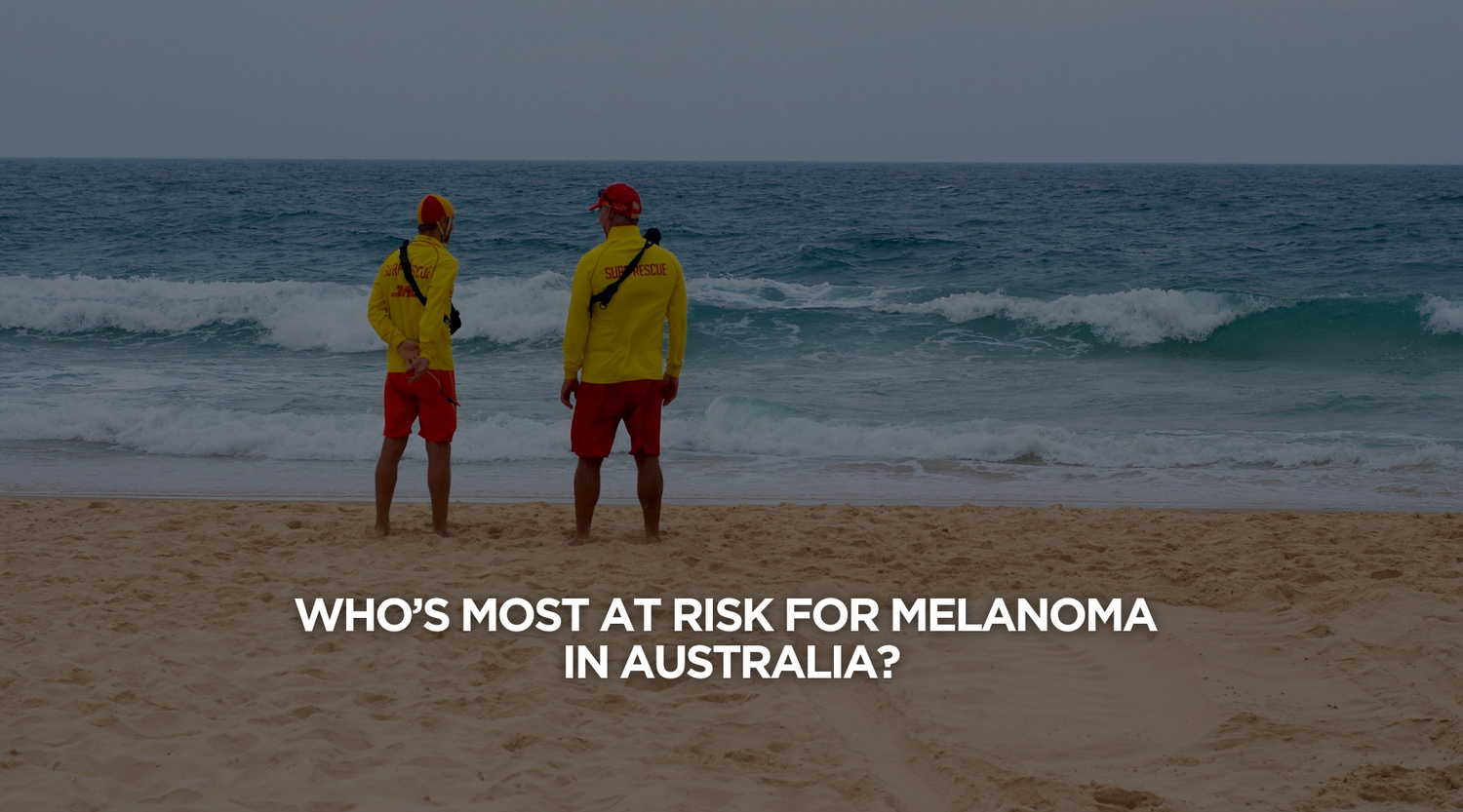Australia has one of the highest rates of melanoma in the world. While anyone can develop this aggressive form of skin cancer, certain people face a significantly higher risk due to their genetics, occupations, and lifestyle choices. Knowing if you fall into a high-risk group is the first step toward prevention.
In recognition of Melanoma Awareness Month, we’re breaking down who is most at risk—and how to reduce that risk with better sun protection and awareness.
1. Fair-Skinned Individuals
People with fair skin, light hair (blonde or red), blue or green eyes, and those who burn easily in the sun are at the highest risk. These individuals have less melanin, the pigment that helps protect skin from UV damage.
2. People with a History of Sunburns or Tanning
One blistering sunburn in childhood or adolescence more than doubles your chances of developing melanoma later in life. Regular tanning—especially with tanning beds—increases your lifetime risk substantially.
3. Those with a Family History of Skin Cancer
If a parent, sibling or close relative has had melanoma, your own risk is elevated. Genetic predisposition plays a significant role, especially if you also have many moles or atypical (irregular) moles.
4. Outdoor Workers
Jobs that require extended time under the sun put workers at higher risk due to cumulative UV exposure. This includes:
-
Tradies (construction, landscaping, roadwork)
-
Lifeguards and surf instructors
-
Farmers and agricultural workers
-
Gardeners and outdoor maintenance crews
-
Delivery and postal workers
For these individuals, UPF50+ clothing, sunscreen, and regular skin checks are non-negotiable.
5. Sporting and Outdoor Enthusiasts
Australians love the outdoors, but long hours playing golf, cricket, tennis, cycling, fishing, or going on hikes can significantly increase UV exposure. Even water sports like paddleboarding or kayaking reflect UV rays back onto the skin.
Tip: Sweat and water reduce sunscreen effectiveness. Supplement with UPF50+ sleeves and wraps to ensure reliable protection.
6. Older Adults (50+)
Although melanoma can affect young people, the risk increases with age. Many older Australians have a lifetime of sun exposure behind them, and skin checks become increasingly important.
7. Men Over 40
Statistically, men over 40 are more likely to die from melanoma than women. They tend to have more cumulative UV exposure and are less likely to seek early medical advice.
How to Reduce Your Risk
-
Wear UPF50+ sun protection every day—even on cloudy days
-
Use SPF50+ sunscreen and reapply every two hours
-
Schedule yearly skin checks, especially if you're in a high-risk group
-
Conduct monthly self-exams at home using the ABCDE rule
-
Seek shade during peak UV hours (10am–4pm)
At SParms, we’re committed to protecting Australians most at risk. Our UPF50+ arm sleeves, shoulder wraps, gloves, and cooling fabric provide reliable, breathable protection for those who spend time in the sun.
Stay aware. Stay protected. And make skin checks part of your routine.
